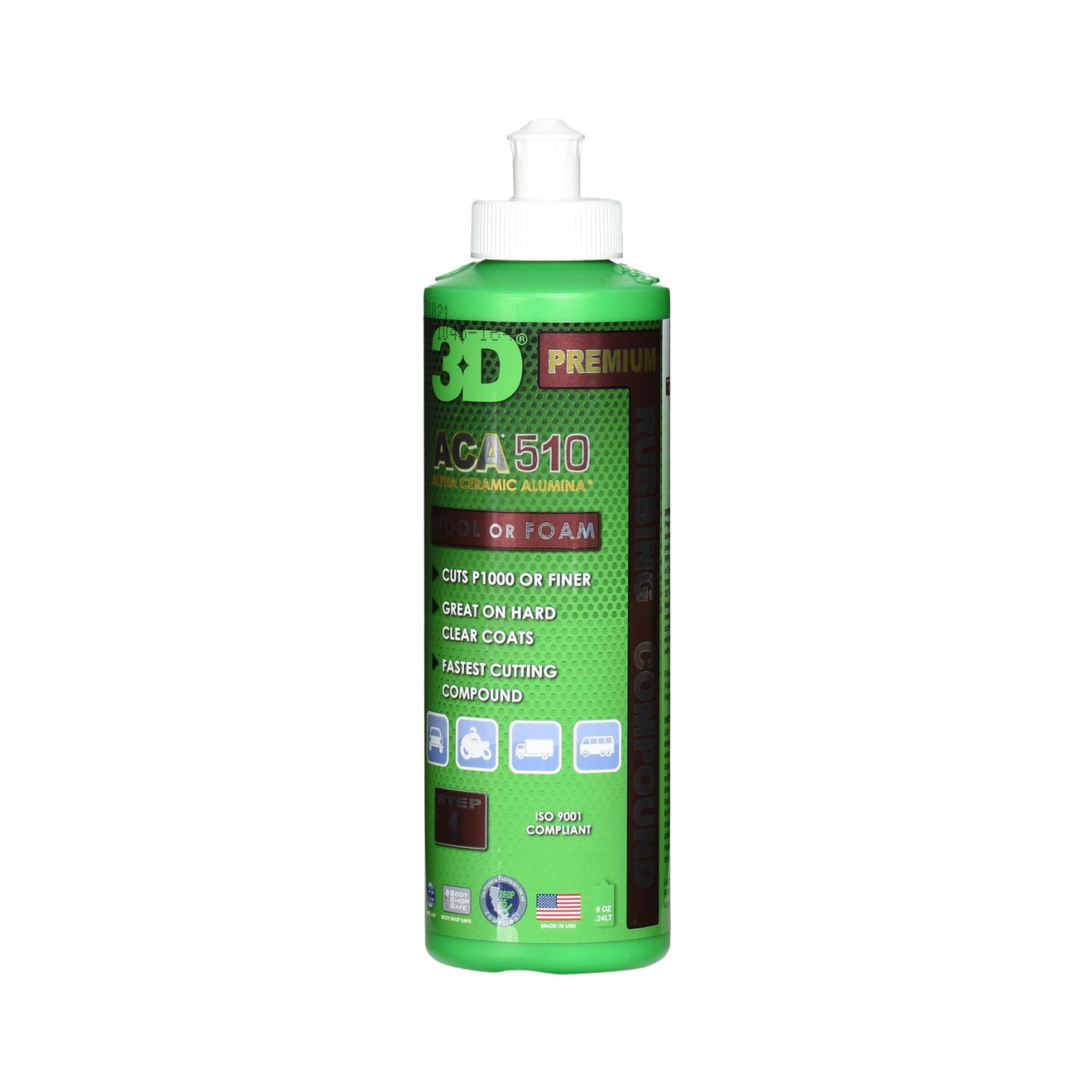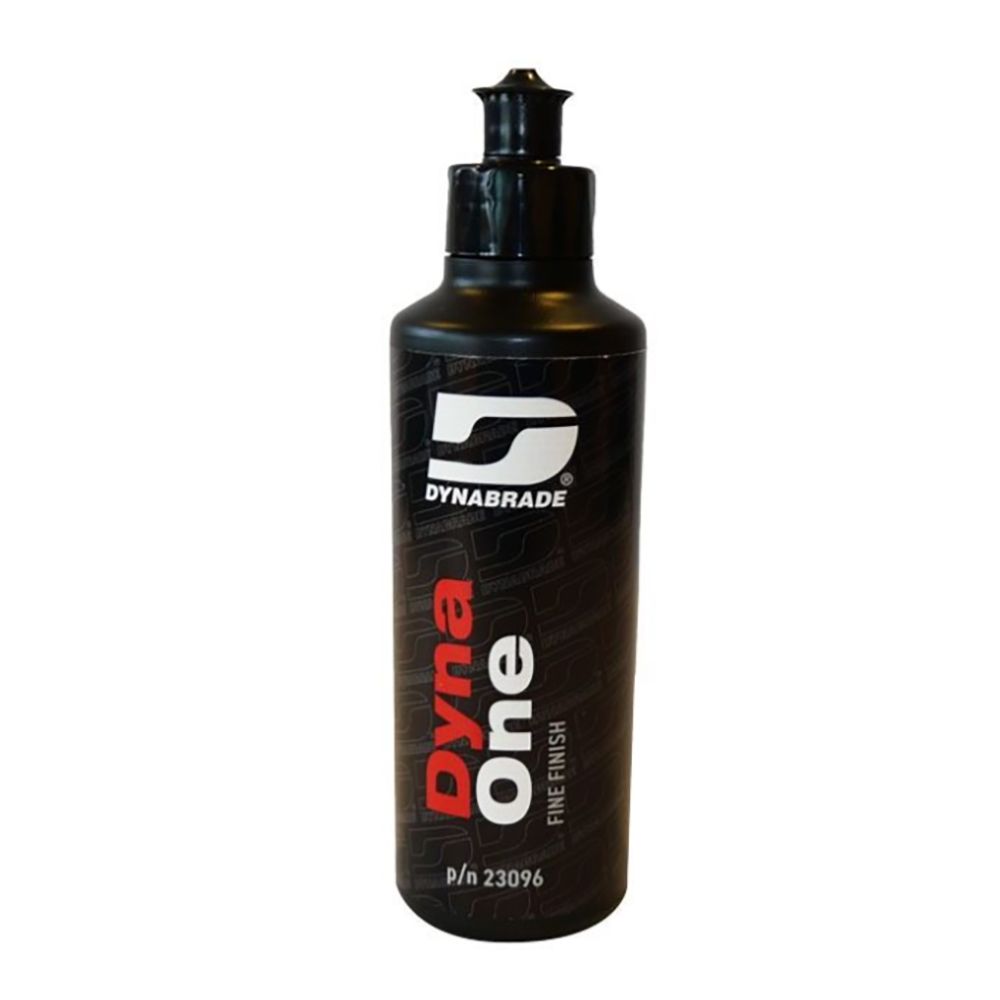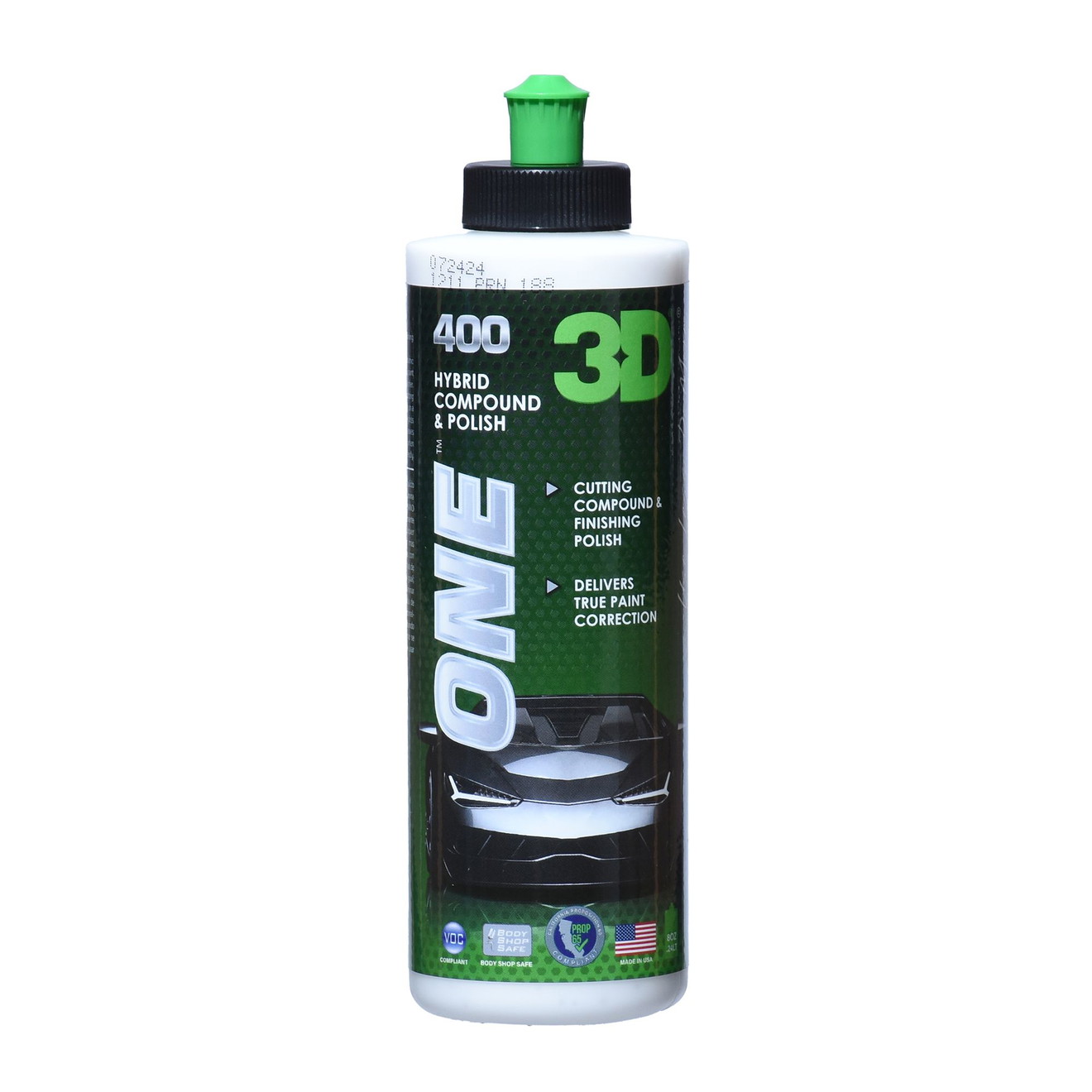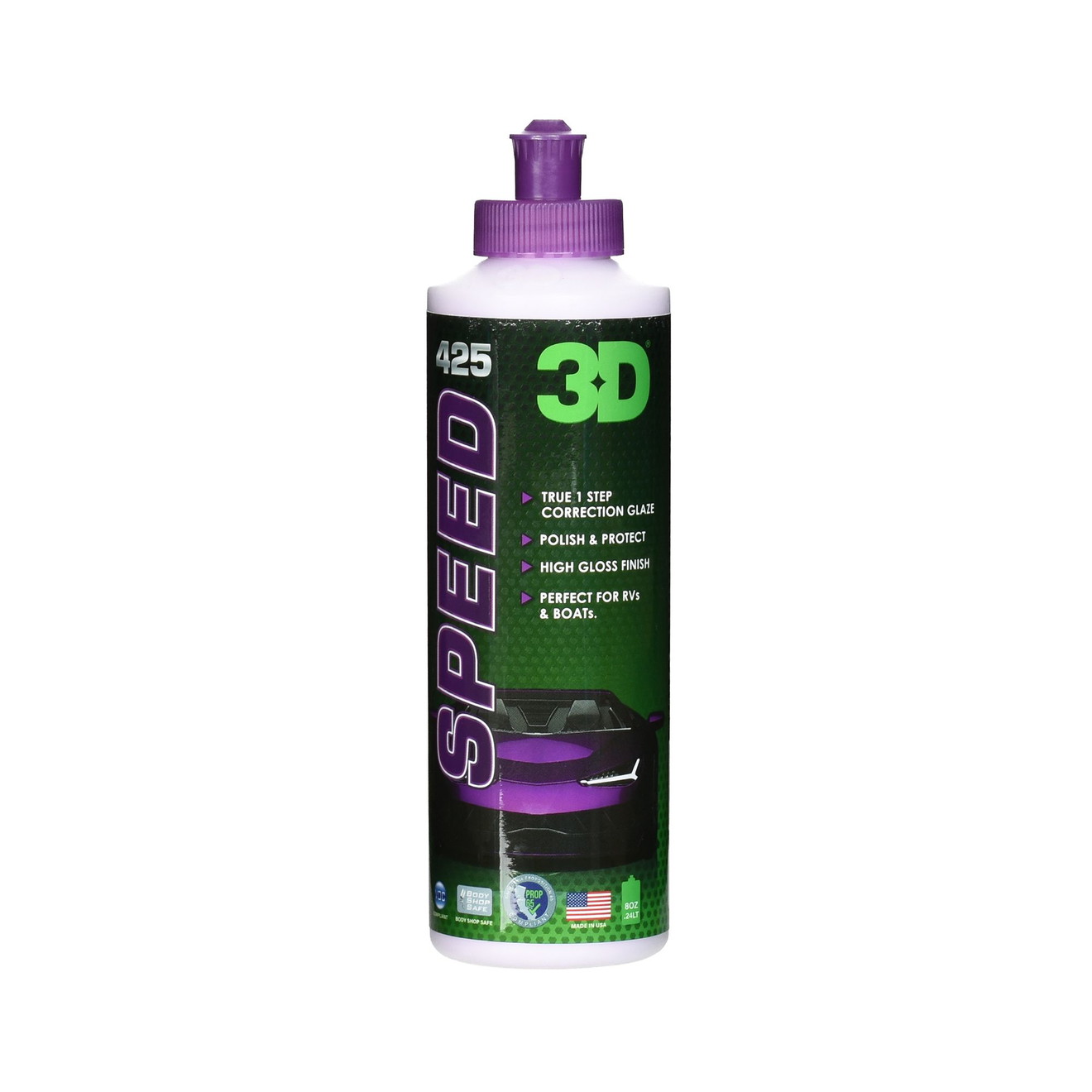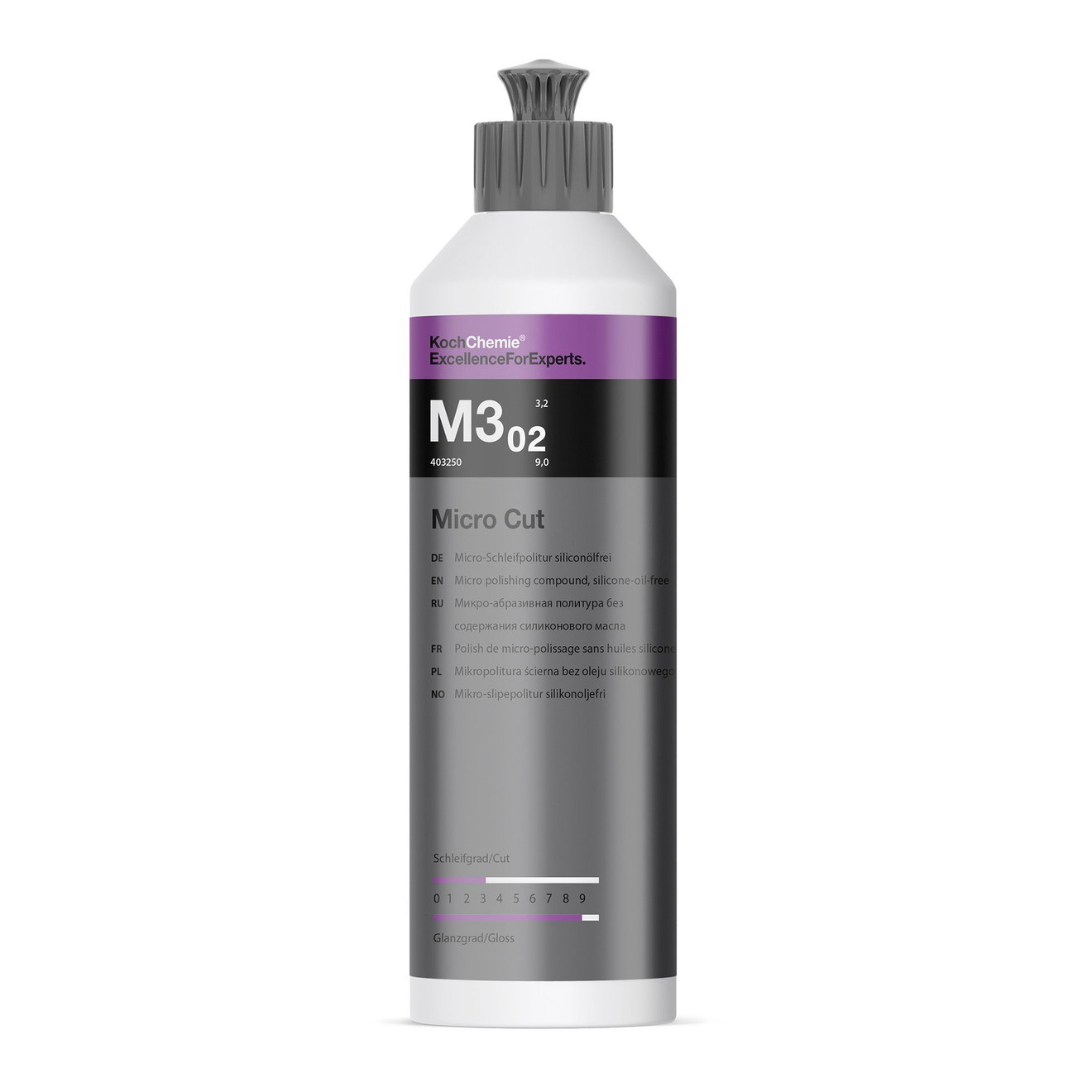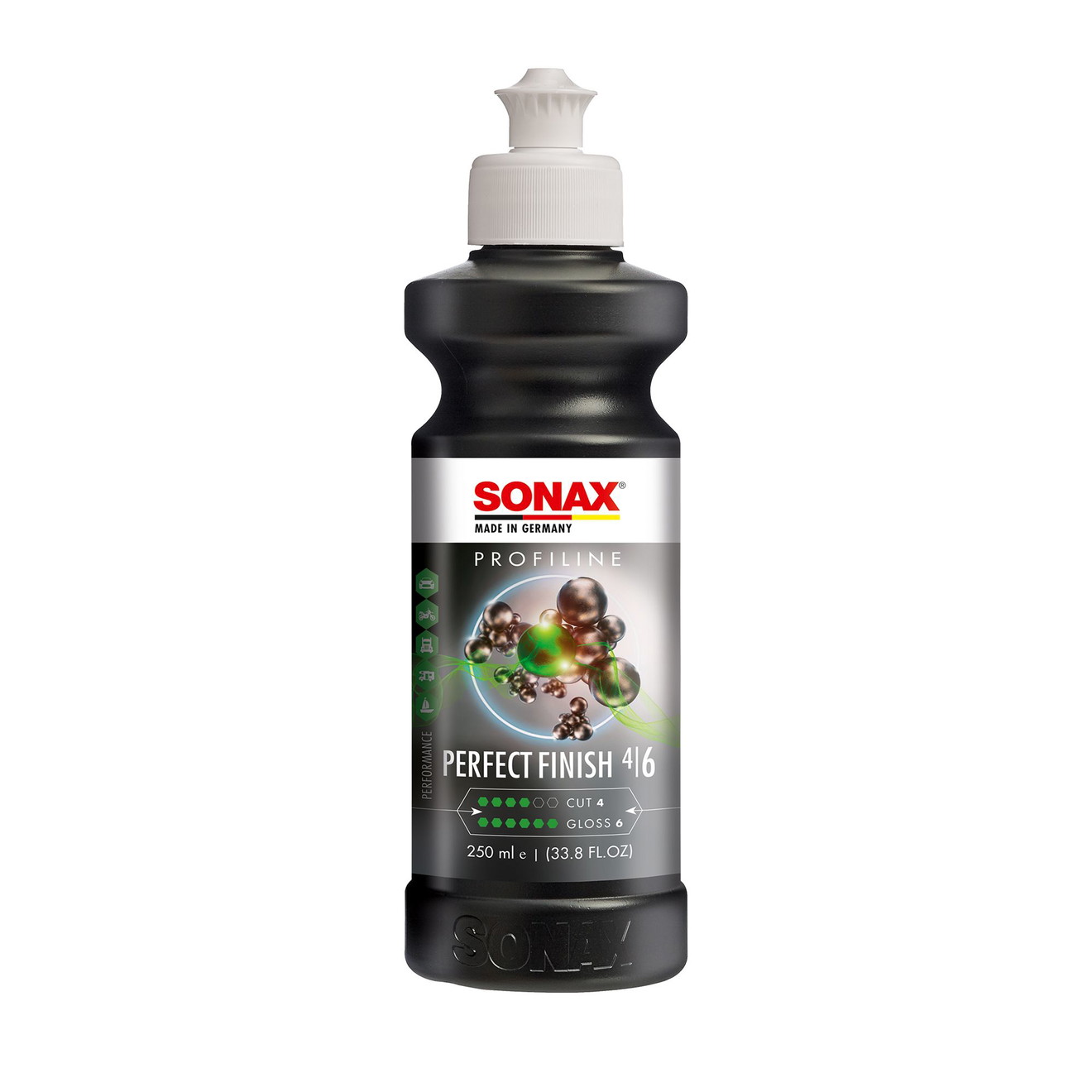Car Polishes: The Professional Test Winners for Scratch Removal and Ultimate Shine
A flawless car paint finish is essential for many vehicle owners – it represents quality, care, and a high resale value. If you love your car, you want it to be free of scratches and to impress with a brilliant deep gloss. Especially black paint requires special attention, as even the smallest scratches and swirls are quickly visible on dark surfaces. This is where high-quality car polishes come into play: they help to remove scratches, smooth the paint, and give it the highest shine.
How Exactly Does a Polish Work and What Do Polishes Do?
A car polish works with the help of ultra-fine abrasive particles and conditioning additives. This combination ensures that during application, minimal layers of the clear coat are removed, allowing fine scratches and paint imperfections to be leveled out. Additionally, special ingredients enhance the gloss. The result is a smooth, even surface that is optimally prepared for further care products like sealants or waxes – these ultimately provide the actual paint protection.
Why Use Multi-Stage Polishing?
Multi-stage polishing is a proven method for achieving the highest possible gloss level on heavily used or damaged paint surfaces. Instead of just using a single polishing step, multiple successive polishing stages are applied:
- Coarse polish: Removes deep scratches and major defects.
- Medium polish: Eliminates remaining sanding marks and refines the finish.
- Fine polish (high-gloss polish): Provides the final deep gloss and flawless appearance.
This method is especially effective on black paint, where even minor defects are highly visible. A multi-stage polishing process allows for gradual smoothing of even stubborn imperfections, achieving a spectacular deep gloss. However, it's important to note that polishing alone does not provide long-term protection—this is achieved only through the application of sealants or waxes after the polishing process.
What Are Abrasives and How Do They Work?
Abrasives are the fine grit particles that enable the polishing process. Depending on their hardness and size, abrasives can remove more or less of the top paint layer.
- Coarse abrasives: Remove scratches or stubborn defects but are more aggressive.
- Fine abrasives: Provide a finishing touch and enhance gloss with minimal paint removal.
Choosing the right abrasives for the condition of the paint is crucial to effectively remove scratches while preserving as much clear coat as possible.
Differences Between DAT and SMAT (Non-DAT)
In automotive polishes, there are two common technologies: DAT (Diminishing Abrasive Technology) and SMAT (Super Micro Abrasive Technology), often referred to as Non-DAT:
- DAT (Diminishing Abrasive Technology): The abrasive particles break down during the polishing process, gradually reducing their abrasiveness. This means the polish starts out more aggressive and gradually refines itself, resulting in a smoother finish.
- SMAT / Non-DAT (Super Micro Abrasive Technology): The abrasive particles maintain their size and shape throughout the polishing process. This ensures a consistent level of abrasiveness, allowing users to work through different polishing steps (coarse, medium, fine) to progressively remove defects and enhance gloss.
Both DAT and SMAT have advantages. The best choice depends on personal preference, the condition of the paint, and the desired final result. Especially on black paint, using high-quality products and a well-matched polishing technique is crucial to effectively remove scratches and achieve the deepest shine.
Types of Paint Polishes: From Heavy Cut to Finish
Selecting the right paint polish depends on the level of paint defects that need correction and the desired finish. Below is an overview of the most common types of polish and their characteristics:
Heavy Cut
- Characteristics: High abrasiveness, removes deep scratches and major defects.
- Best for: Heavily neglected or weathered paint that requires significant material removal.
- Note: Usually requires follow-up polishing stages for an optimal finish.
Medium Cut
- Characteristics: Moderate abrasiveness, removes moderate scratches and swirls.
- Best for: Paint with light to medium defects.
- Note: Often used with a finishing polish to enhance the gloss.
One Step (without Sealant)
- Characteristics: Combines polishing action with a finishing effect, usually silicone-free and without wax.
- Best for: Quick, everyday polishing to remove minor defects and enhance gloss.
- Note: Does not provide long-term protection—a separate sealant (such as wax or ceramic coating) is recommended.
All-in-One (with Sealant)
- Characteristics: Similar to One Step polish but includes an integrated sealant (usually wax or polymers).
- Best for: Quick gloss enhancement with mild defect removal and basic protection.
- Note: Offers less durability than specialized sealants but is great for time-saving applications.
Finish
- Characteristics: Extremely fine abrasives, minimal material removal, maximizes gloss, and removes fine haze.
- Best for: Final polishing step after all defects have been removed; also great for maintaining already well-kept paint.
- Note: Only useful if the paint is in good condition with no major defects.
This classification helps in selecting the right polish based on the condition of your vehicle's paint and the desired outcome. This way, you can ensure you’re using the best product for scratch removal, gloss enhancement, and protection.
Rotary vs. Dual-Action Polishing
When polishing a car, the polishing compound is only one part of the process—choosing the right polishing machine is equally important. The two main types of polishers are rotary and dual-action (DA) polishers. Each method has its advantages and requires different products and polishing pads.
Rotary Polishing (Rotary Polisher)
- How it works: The backing plate rotates on a fixed axis, similar to an angle grinder.
- Advantages:
- High cutting power, ideal for Heavy Cut applications.
- Faster defect removal for deep scratches and major imperfections.
- Disadvantages:
- Higher risk of holograms, especially on dark or sensitive paint.
- Greater heat buildup, requiring more skill and caution.
- Practical Use: Professionals often use rotary polishers in the initial, aggressive polishing step (Heavy Cut), typically with coarse polishing pads and specific compounds designed for high speed and friction.
Dual-Action (DA) Polishing
- How it works: The backing plate oscillates in an eccentric motion, causing a spinning and wobbling movement.
- Advantages:
- Reduces holograms due to its gentler movement.
- Lower heat generation, reducing the risk of paint damage.
- Best suited for finish polishing as it treats the paint more delicately.
- Disadvantages:
- Slower defect removal compared to rotary polishers.
- Practical Use: Preferred for medium to fine polishing steps (Medium Cut, One Step, Finish), especially for achieving the highest levels of gloss.
Optimized Products for Rotary or Dual-Action Polishers
Especially when it comes to Heavy Cut—correcting deep scratches and major defects—you often need not only more aggressive polishing pads (e.g., hard foam or even microfiber/wool pads) but also polish formulations specifically designed for rotary machine operation. Not every heavy-cut polish works equally well on a dual-action polisher, and vice versa. Professionals therefore specifically choose products developed for their preferred polishing method (rotary or dual-action).
Combining Both Methods
In professional car detailing, it is common practice to start with rotary polishing to quickly and efficiently remove deep defects from the paint. This is followed by a refinement step with a dual-action polisher to eliminate any remaining holograms and haze while achieving the highest gloss. This method ensures maximum defect correction while delivering a swirl-free, high-gloss finish.
Heavy Cut: The Best Polishes for Fast Defect Removal
For removing deep scratches and severe paint defects, a powerful heavy-cut polish is essential. Different users have different needs—some prioritize speed, while others prefer a balanced cut-and-gloss ratio. For this reason, two polishes may be named category winners to meet all requirements.
3D ACA X-TRA 510 (Link)
This heavy-cut polish is known for its exceptionally fast cutting performance, making it ideal for quickly eliminating paint defects. Despite its high cutting power, it delivers a relatively good finish, reducing the need for additional polishing steps.
Koch Chemie Heavy Cut H902 Polish (Link)
For those who prefer a more controlled approach, H902 is a great choice. It offers a solid combination of effective defect removal and a satisfying final finish—perfect for users who prioritize a moderate cutting effect.
Both products are reliable tools for a professional heavy-cut process. The choice between them ultimately depends on personal preferences and the specific condition of the paint. Those who prioritize speed should opt for 3D ACA X-TRA 510.
Medium Step: Dynabrade DynaOne (formerly DynaRed) – Strong Cut and Excellent Finish
For the intermediate polishing step, we highly recommend the Dynabrade DynaOne (Link). Originally designed as a heavy-cut polish, this product impresses with a very refined finish and is even suitable as a one-step polish. Its key advantages include:
- Strong cutting performance: Dynabrade DynaOne reliably removes even stubborn defects.
- Excellent finish: Despite its high abrasiveness, it leaves behind a remarkably smooth and glossy surface.
- One-step capability: Although classified as a heavy-cut polish, it can be used for the entire polishing process when applied correctly with the appropriate pad.
For those looking to combine maximum defect removal with an outstanding finish in a single product, Dynabrade DynaOne is the ideal choice.
One Step: 3D One – The Versatile Polish for a Complete Polishing Process
If you're looking for a polish that can handle everything from defect removal to high gloss in a single step, 3D One (Link) is the ultimate all-rounder. This hybrid polish stands out for several reasons:
- Universal application: 3D One is safe to use on all paint types, whether soft or hard.
- Low product consumption: Only a small amount is needed to achieve optimal results.
- Can be extended into a finishing polish: When used with a softer pad and lighter pressure, 3D One can be worked into a final finish without the need for a separate fine polish.
- Highly versatile: Can even be used safely on delicate plastic surfaces.
3D One is the perfect solution for users who want to achieve both effective defect removal and a brilliant finish in a single step.
All-in-One (AIO): 3D Speed – Outstanding Defect Removal with Long-Lasting Protection
Looking for a polish that removes defects while also protecting the paint? 3D Speed (Link) is the top-tier choice among all-in-one products. Here are its key benefits:
- Impressive defect removal: Despite its fast and easy application, 3D Speed effectively eliminates scratches and paint imperfections.
- Minimal product usage: Even small amounts deliver remarkable results.
- Long-lasting protection: The included montan wax shields the paint for an extended period while maintaining a deep gloss.
- Protective effect: In addition to gloss enhancement, 3D Speed provides a durable protective layer against environmental factors.
This makes 3D Speed the ideal AIO product for users who want to achieve both high-quality paint correction and long-term protection in a single step.
Finish Polishes (DAT-Based Formulation): Koch Chemie Micro Cut M3.02 & Sonax Profiline Perfect Finish
For achieving a flawless finish, polishes based on DAT technology (Diminishing Abrasive Technology) are often the preferred choice. These abrasives break down during the polishing process, leaving an ultra-fine finish. Here are two top recommendations:
Koch Chemie Micro Cut M3.02
- Ultra-fine abrasives that gradually break down during polishing.
- Leaves a crystal-clear, deep-gloss finish without holograms.
Sonax Profiline Perfect Finish
- Specifically formulated for high-end paint surfaces.
- Eliminates microscopic scratches and swirls, creating a stunning high-gloss finish.
Recommended Finish Pad for Both Polishes
For both DAT-based finish polishes, we recommend the DP Pro Polishing Pad Therminator Intermediate Blue (Link). This pad combines moderate density with excellent adaptability, enabling a streak-free and high-gloss finish.
Tip: Learn More About Polishing Pads
For those who want to explore more about selecting the right polishing pads, our Polishing Pad Guide provides extensive information on materials, sizes, and manufacturers. With this, we conclude our discussion on finish polishes and wish you success in achieving the perfect paint finish!


